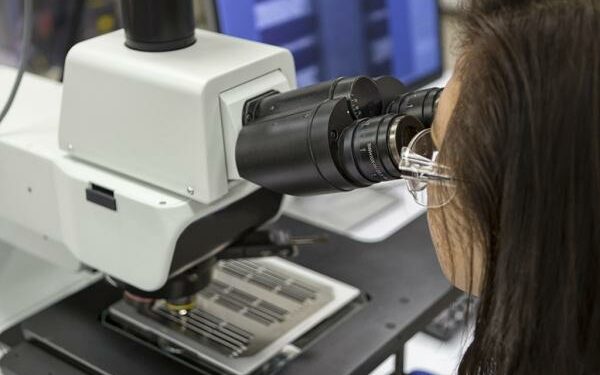Battery maker Enovix Corporation is installing third-generation equipment at its first US manufacturing facility as it prepares to begin manufacturing its advanced silicon-anode lithium-ion battery.
Equipment qualification at the facility in Fremont, California, is due to begin within the next few months, with production scheduled to begin in Q3.
The firm plans to produce eight million cells per year in pouch packages and has been sampling three sizes lo mobile device OEMs for wearable, handset and laptop applications.
Enovix’s proprietary 3D cell architecture enables the use of silicon as the only active lithium cycling material in the anode. This, say the firm, increases the ratio of lithum to silicon bonding to give the technology a theoretical capacity of around 4,200mAh/g.
Enovix says its production process is designed to leverage much of the conventional lithium-ion battery manufacturing process, including the same electrode fabrication process and the vast majority of pouch packaging and formation, to which it adds pre-lithiation.
The company has developed proprietary production tools that are ‘drop-in’ replacements for the winding or cut-and-stack tools in conventional pouch lithium-ion battery cell assembly.
Bruce Pharr, senior director marketing at Enovix, told BEST: “While some cells are still wound in a ‘jelly roll’ cylindrical configuration and packaged in metal cans, cell assembly has evolved to second generation oval wound or cut and stack techniques for low profile mobile device packaging, primarily in a polymer pouch.
“Our proprietary third generation cell assembly tools (which we designed in collaboration with specialised equipment vendors), combine precision laser electrode patterning and high-speed stacking tools to slice and stack electrodes in an orthogonal orientation, relative to a standard lithium-ion battery.
“Our proprietary 3D cell architecture enables us to produce an advanced silicon-anode lithium-ion cell that combines increased energy density and high cycle life.”












